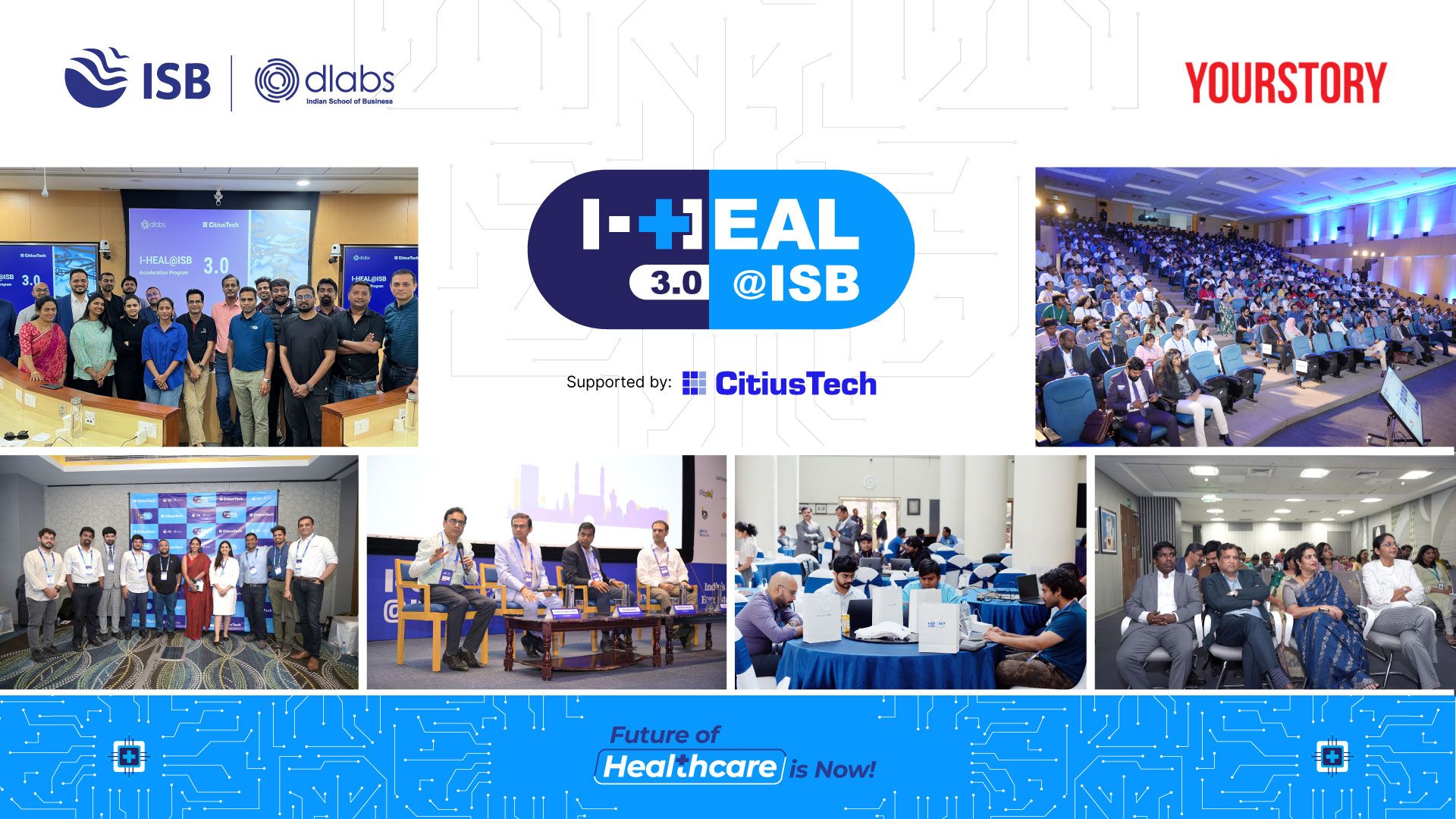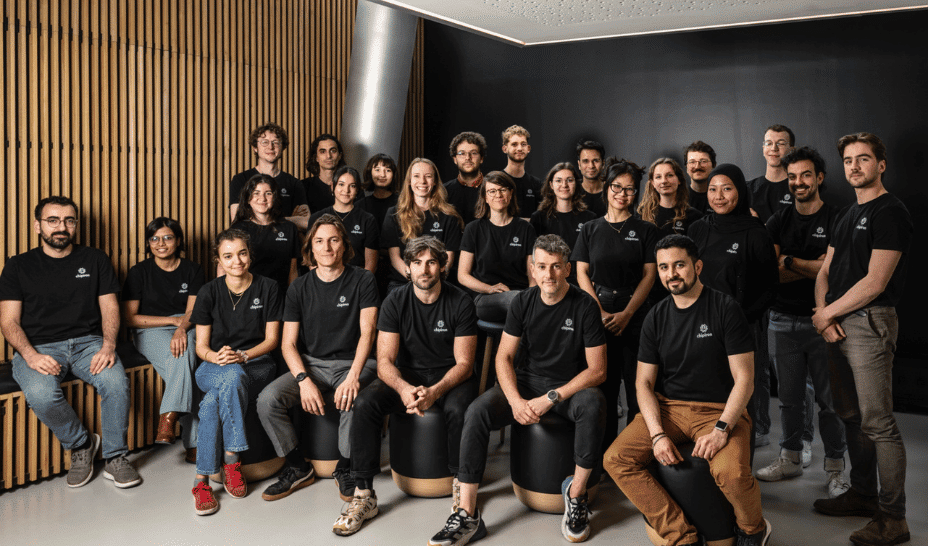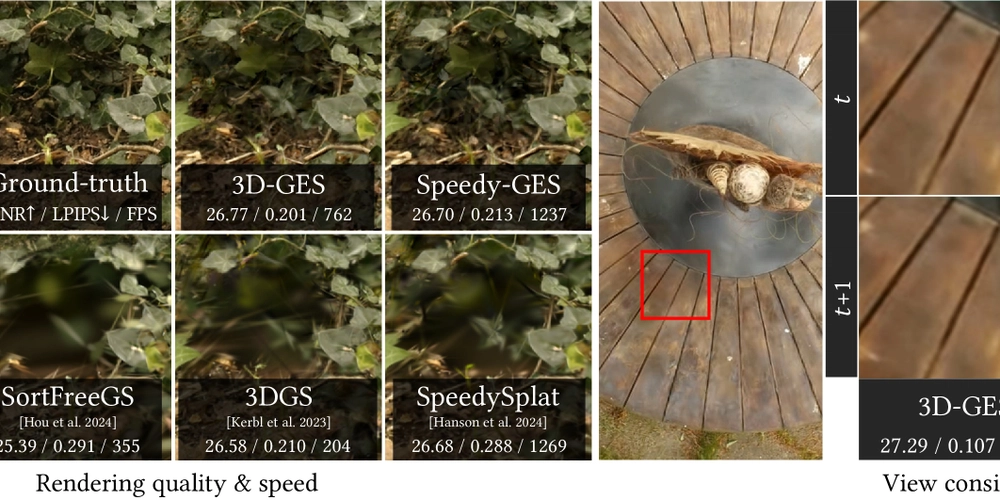What is polymorphism in Java OOP?
Polymorphism is one of the core concepts of Object-Oriented Programming (OOP) in Java. The term "polymorphism" is derived from the Greek words poly (many) and morph (form), meaning "many forms." In the context of Java, it refers to the ability of a single interface or method to operate in different ways depending on the object that invokes it. There are two main types of polymorphism in Java: compile-time (static) and run-time (dynamic) polymorphism. Compile-time polymorphism is achieved through method overloading, where multiple methods have the same name but differ in the number or type of parameters. Run-time polymorphism is achieved through method overriding, where a subclass provides a specific implementation of a method that is already defined in its superclass. Polymorphism enhances code flexibility and reusability. For example, consider a superclass Animal with a method makeSound(). Subclasses like Dog and Cat can override makeSound() with their specific implementations. When you call makeSound() on an Animal reference, the actual method that gets executed is determined at runtime based on the object’s type (Dog or Cat). This is dynamic polymorphism. Using polymorphism, developers can write cleaner code, simplify maintenance, and build scalable applications. It also plays a critical role in implementing interfaces and achieving abstraction in Java applications. Understanding polymorphism is essential for mastering object-oriented design, which is a foundational skill for anyone aiming to become a proficient Java developer. To dive deeper into concepts like polymorphism, encapsulation, and inheritance, consider enrolling in a Java Full Stack Developer course that covers both backend and frontend technologies comprehensively.
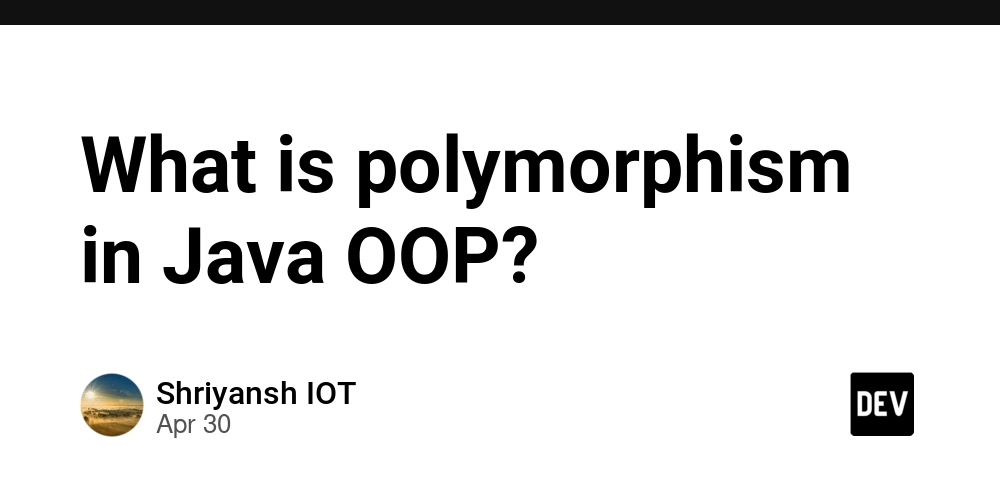
Polymorphism is one of the core concepts of Object-Oriented Programming (OOP) in Java. The term "polymorphism" is derived from the Greek words poly (many) and morph (form), meaning "many forms." In the context of Java, it refers to the ability of a single interface or method to operate in different ways depending on the object that invokes it.
There are two main types of polymorphism in Java: compile-time (static) and run-time (dynamic) polymorphism.
Compile-time polymorphism is achieved through method overloading, where multiple methods have the same name but differ in the number or type of parameters.
Run-time polymorphism is achieved through method overriding, where a subclass provides a specific implementation of a method that is already defined in its superclass.
Polymorphism enhances code flexibility and reusability. For example, consider a superclass Animal with a method makeSound(). Subclasses like Dog and Cat can override makeSound() with their specific implementations. When you call makeSound() on an Animal reference, the actual method that gets executed is determined at runtime based on the object’s type (Dog or Cat). This is dynamic polymorphism.
Using polymorphism, developers can write cleaner code, simplify maintenance, and build scalable applications. It also plays a critical role in implementing interfaces and achieving abstraction in Java applications.
Understanding polymorphism is essential for mastering object-oriented design, which is a foundational skill for anyone aiming to become a proficient Java developer. To dive deeper into concepts like polymorphism, encapsulation, and inheritance, consider enrolling in a Java Full Stack Developer course that covers both backend and frontend technologies comprehensively.







































































































































































![[The AI Show Episode 145]: OpenAI Releases o3 and o4-mini, AI Is Causing “Quiet Layoffs,” Executive Order on Youth AI Education & GPT-4o’s Controversial Update](https://www.marketingaiinstitute.com/hubfs/ep%20145%20cover.png)












































































































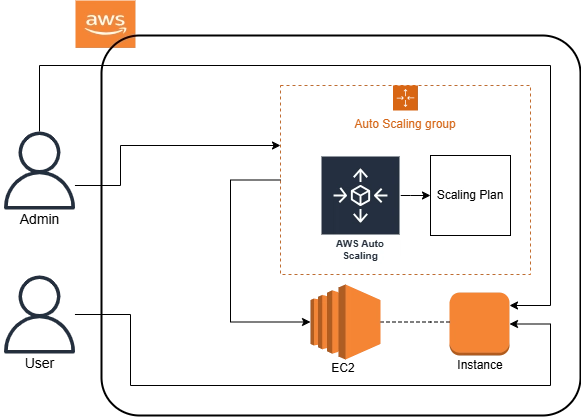



























































































































































_Tanapong_Sungkaew_via_Alamy.jpg?width=1280&auto=webp&quality=80&disable=upscale#)












































































































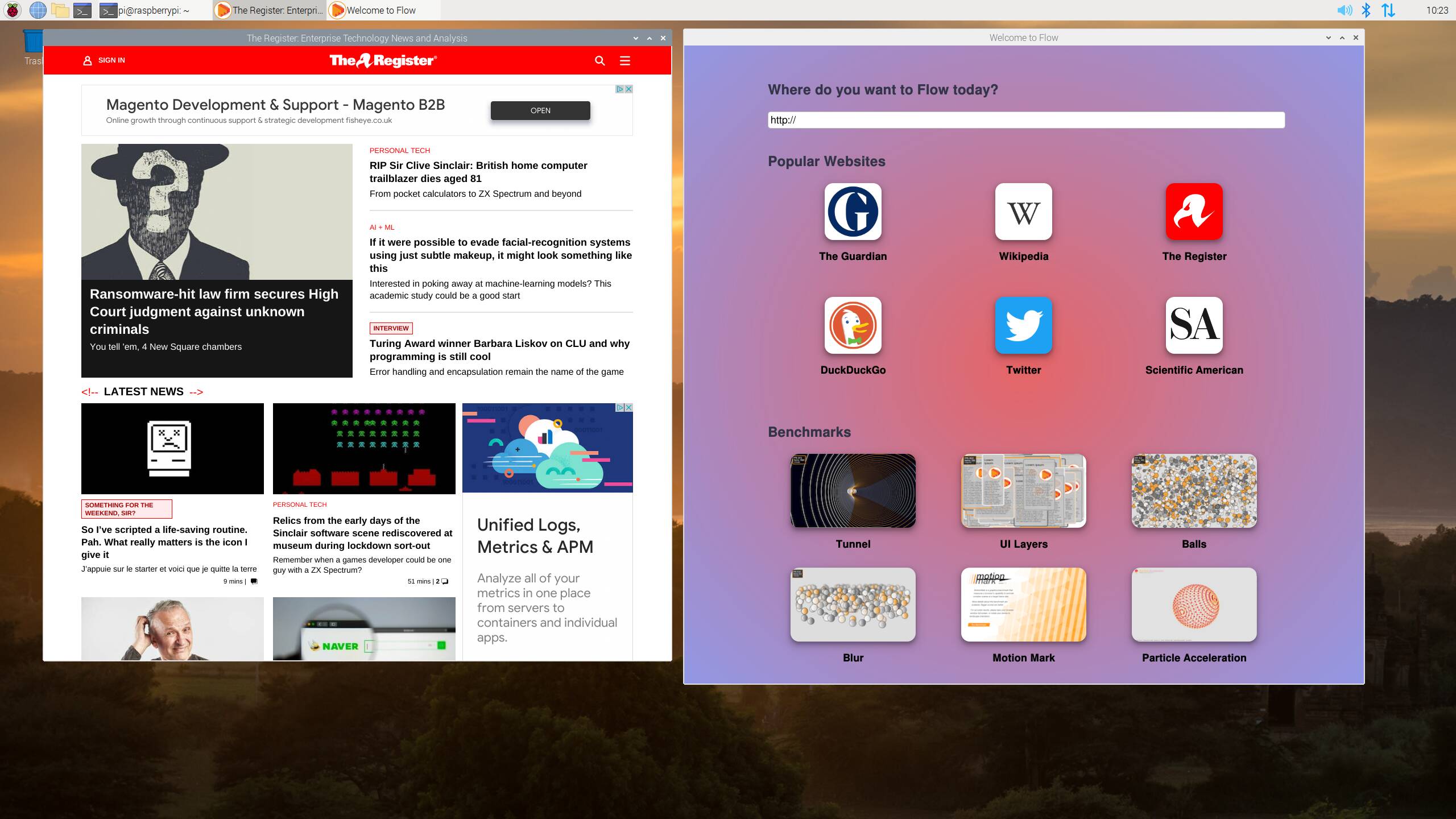



![Apple Restructures Global Affairs and Apple Music Teams [Report]](https://www.iclarified.com/images/news/97162/97162/97162-640.jpg)
![New iPhone Factory Goes Live in India, Another Just Days Away [Report]](https://www.iclarified.com/images/news/97165/97165/97165-640.jpg)






































































